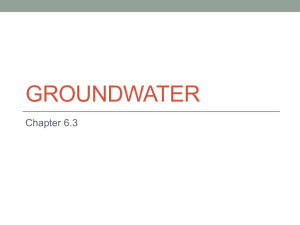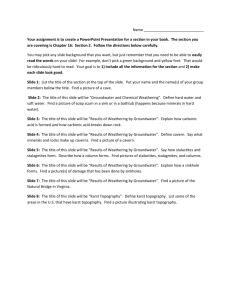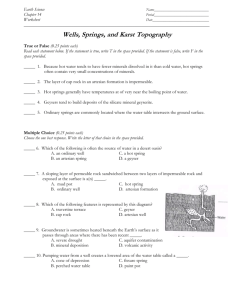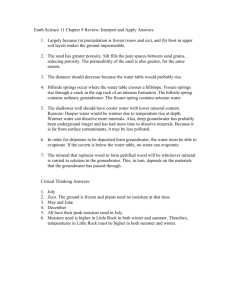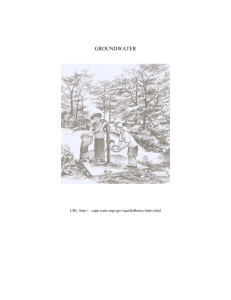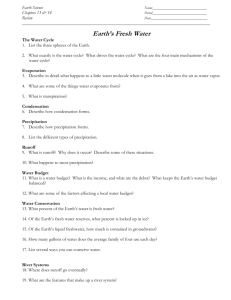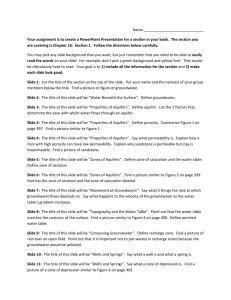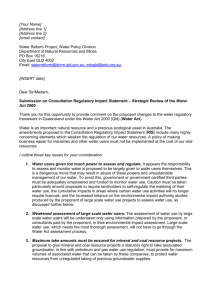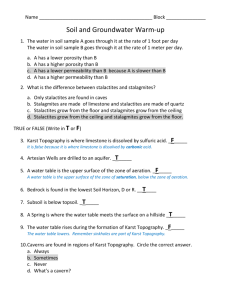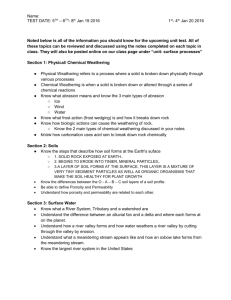Chapter 14 Worksheets
advertisement
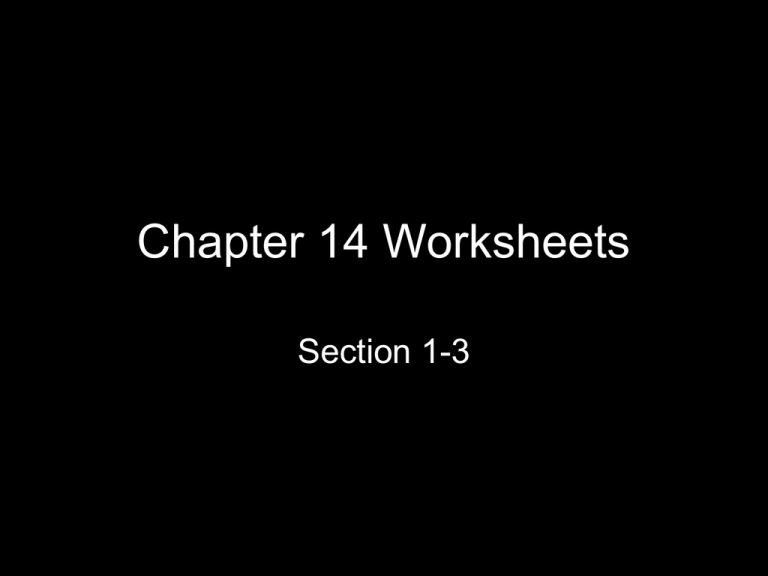
Chapter 14 Worksheets Section 1-3 14.1 While You Read: Water in the Ground 1. Explain the different ways groundwater can reach the surface of the earth. Give two ways that occur naturally and two ways that occur because of human activity. Humans can dig into the ground until groundwater is reached, forming an ordinary well. Wells can also be drilled into artesian formations to make artesian wells. Where the water table meets the surface, groundwater can flow out as a spring. When cracks occur in the cap of an artesian formation, artesian or fissure springs can rise through the cracks. Groundwater can be heated deep in the Earth closer to the surface in areas of recent volcanic activity. The heated water may rise to the surface as a boiling hot springs or as a geyser, or in the form of steam in a fumarole. 14.1 After You Read Water that is stored in the ground. The amount of pore space between the grains of soil or rock. The rate at which liquids pass through the pore spaces of rock. Type of rock or soil, climate, topography, vegetation, land use, whether land is saturated. Particle shape and sorting Grain size, whether or not pores are connected, presence or absence of capillary water. 14.2 Conserving Groundwater Water table deficit subsidence ponds salt water seeps into aquifer Structures replenishing supplies pumped underground 14.3 Groundwater and Geology Complete the graphic organizer below with the correct terms from the list: cavern, karst topography, mineral spring, mineral deposits, Saratoga Springs, N.Y., Mammoth Cave region of Kentucky, geyserite, stalagmites and stalactites Karst topography, Mammoth Cave region of Kentucky Mineral spring, Saratoga Springs, N.Y. Mineral deposits, geyserite Cavern, stalagmites and stalactites 14.3 After You Read Identify some features you would find in an area that has karst topography. Sinkholes, sinkhole ponds, lost river, underground drainage

